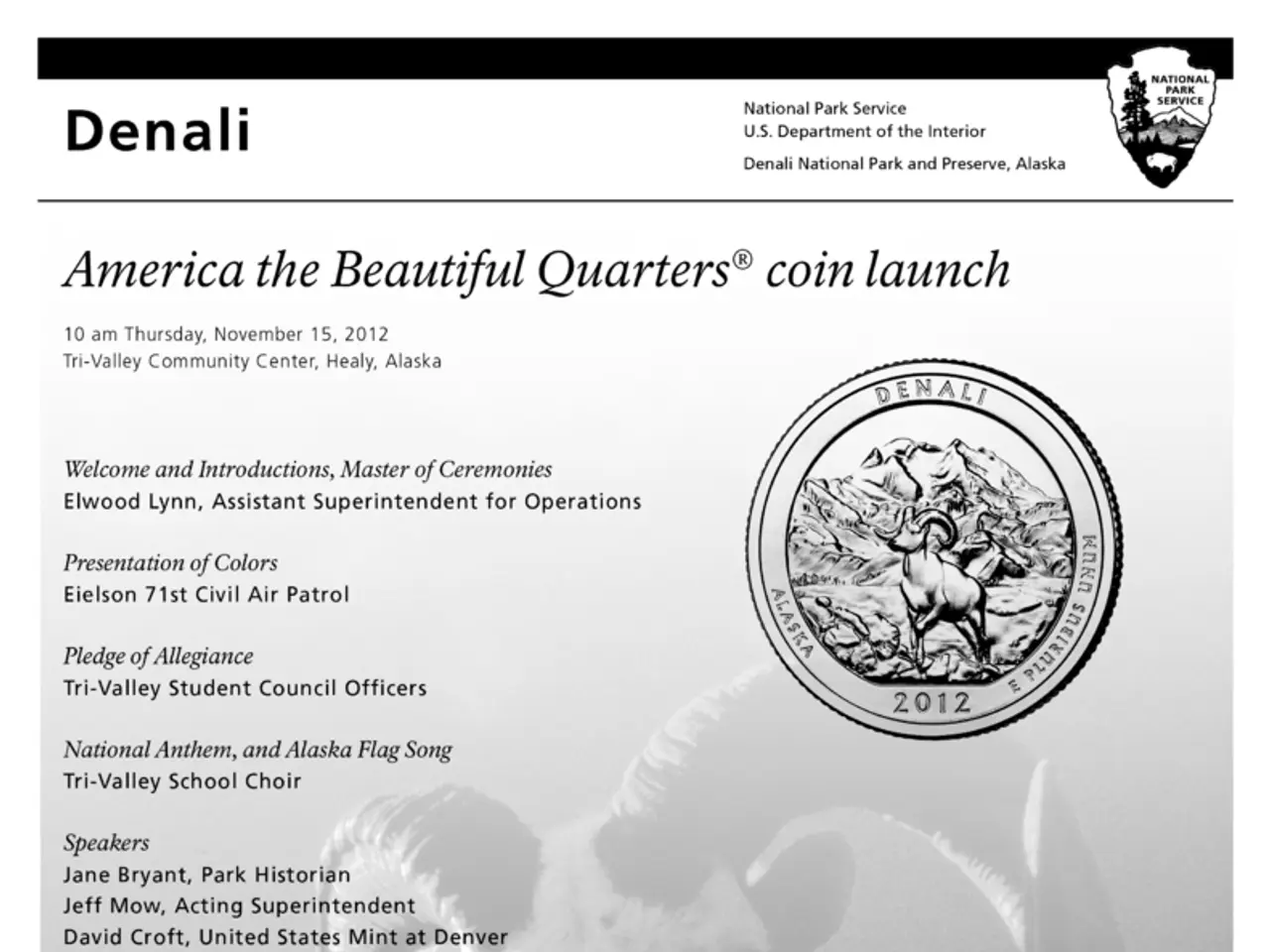Trump's student loan proposal faces criticism as debt pitfall, claims advocacy group
A major student loan borrower advocacy organization has raised concerns about the Repayment Assistance Plan (RAP), warning that its repayment formula and extended repayment term could push many borrowers into default, effectively trapping them in debt.
The Department of Education is set to implement RAP under the provisions of the Big, Beautiful Bill, signed into law by President Donald Trump in July. However, concerns about the plan center on higher minimum payments, longer repayment terms, and reduced flexibility, which collectively create risks that some describe as a debt trap.
RAP requires even the lowest-income borrowers to make a minimum monthly payment of $10, ending the previous option of $0 payments for those unable to pay. For the poorest borrowers, this mandatory payment — $120 annually — can be financially significant and potentially push them into default rather than helping them manage their loans more easily.
While RAP lowers monthly payments for some middle-income borrowers compared to older plans, it is less generous than options like the now-phased-out SAVE plan, which allowed $0 payments for lower incomes. This shift increases the immediate payment burden for vulnerable borrowers.
RAP extends the maximum loan repayment term to 30 years, which is longer than the previous 10-25 years. This extension can result in borrowers remaining in debt longer and possibly paying more interest over time, even if monthly payments seem more affordable.
The plan also removes some previous protections: after July 2027, borrowers can no longer pause payments through economic hardship or unemployment deferments, meaning they must continue making at least the $10 minimum even if they are unemployed or facing hardship.
Advocates worry the $10 minimum payment and removal of payment pauses may disconnect borrowers from manageable repayment schedules, ironically increasing default risk rather than reducing it as intended by policymakers.
TICAS notes that the tiered repayment formula under RAP could result in sharp increases in monthly payments following relatively small increases in earnings. Additionally, RAP bases a borrower’s payment on their full income (AGI), rather than their discretionary income, and the repayment formula is not indexed to inflation unlike the current income-driven options.
For PSLF borrowers, the longer repayment term associated with RAP may be less of a concern, given that PSLF allows for loan forgiveness in as little as 10 years. However, RAP removes the 'income protection' that all prior plans have, which is meant to 'protect' a certain amount of a borrower's income so they can stay current on their loan payment while still having enough funds to cover their basic needs.
Most observers expect RAP to formally launch no later than July 2026. In the meantime, borrowers are advised to stay informed about the regulations being drafted by the Department of Education and consider their options carefully when RAP becomes available.
- The implementation of the Repayment Assistance Plan (RAP) could potentially lead to higher financial strain for student loan borrowers, as its increased minimum payments, longer repayment terms, and reduced flexibility could collectively create a 'debt trap' for some individuals, especially those with lower incomes.
- In the realm of education-and-self-development and finance, the business of student loan repayment is a complex one, with concerns arising over the new Repayment Assistance Plan (RAP), such as its potential impact on student loan forgiveness options, loan repayment savings plans, and the overall affordability of student loans for vulnerable borrowers.




